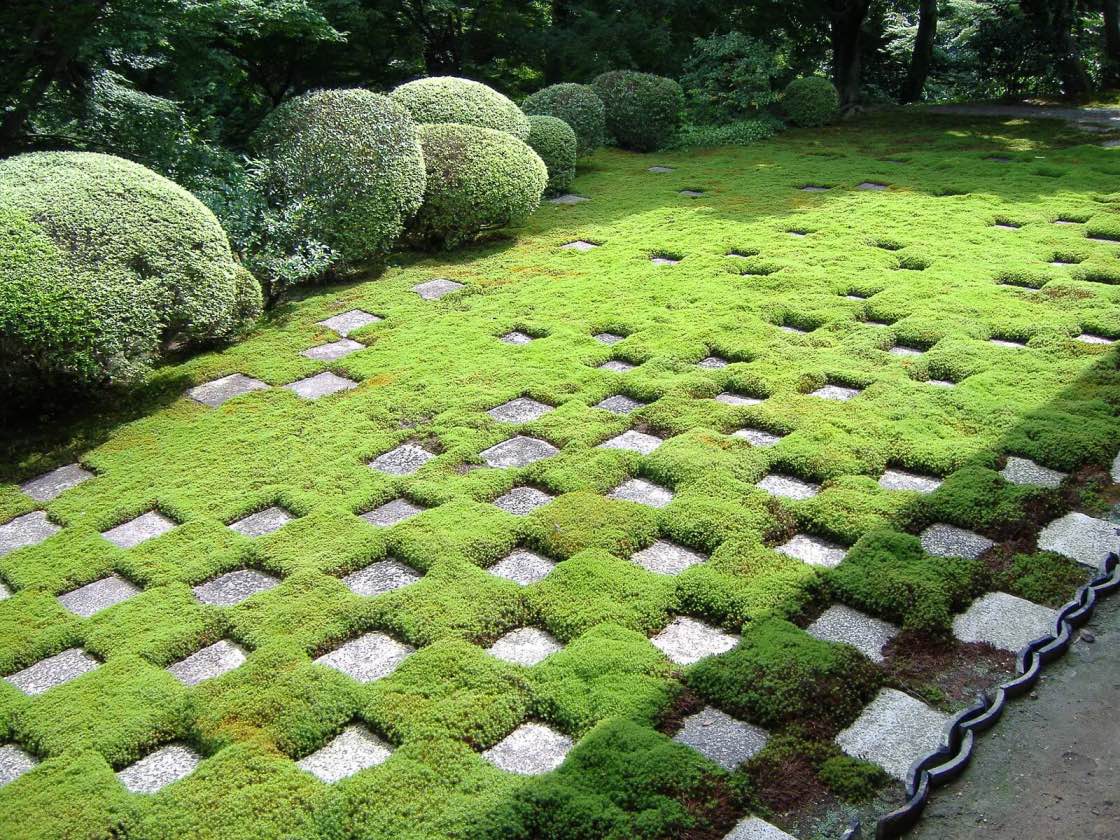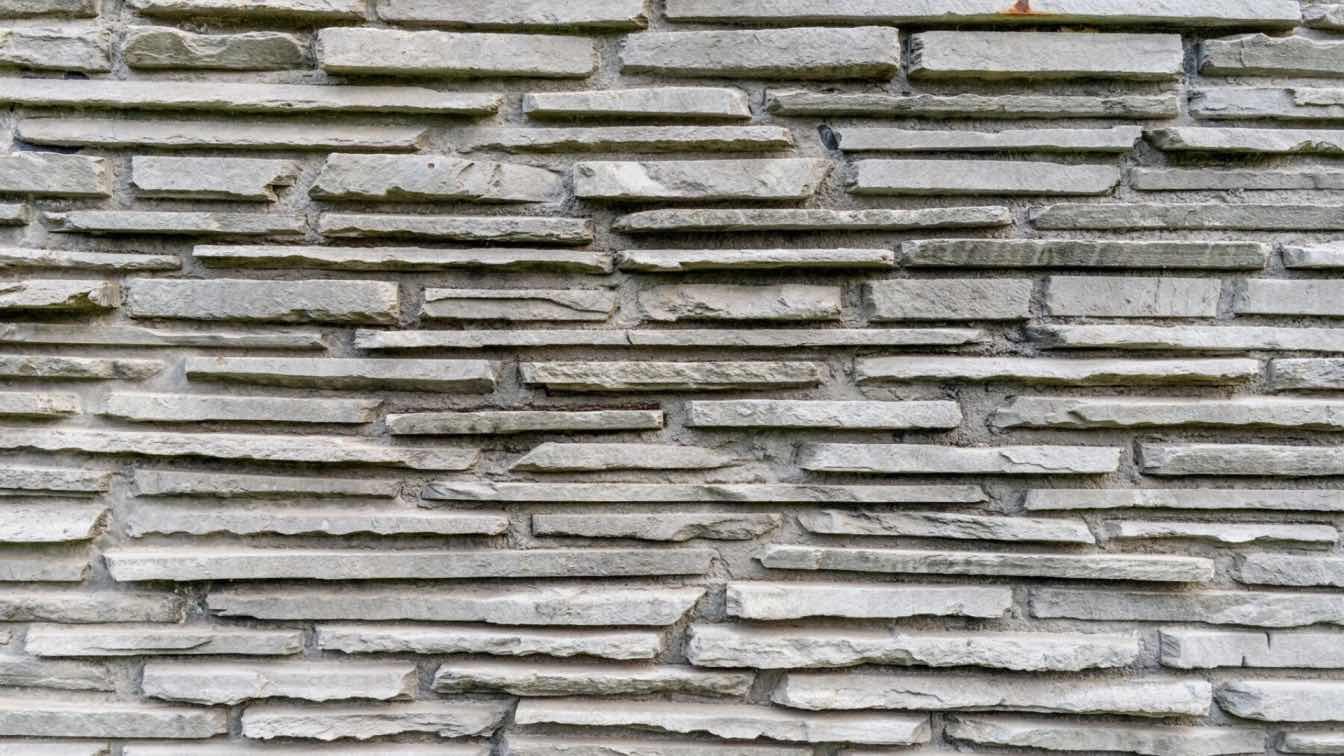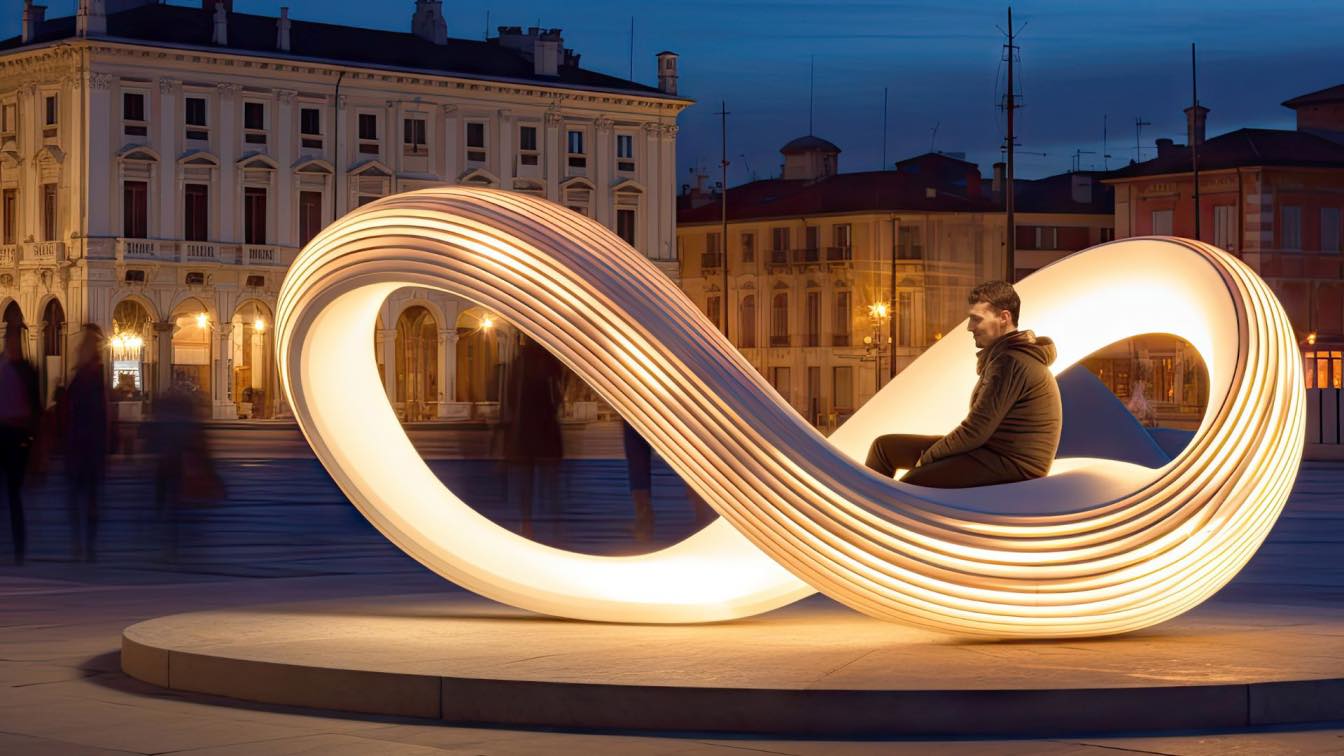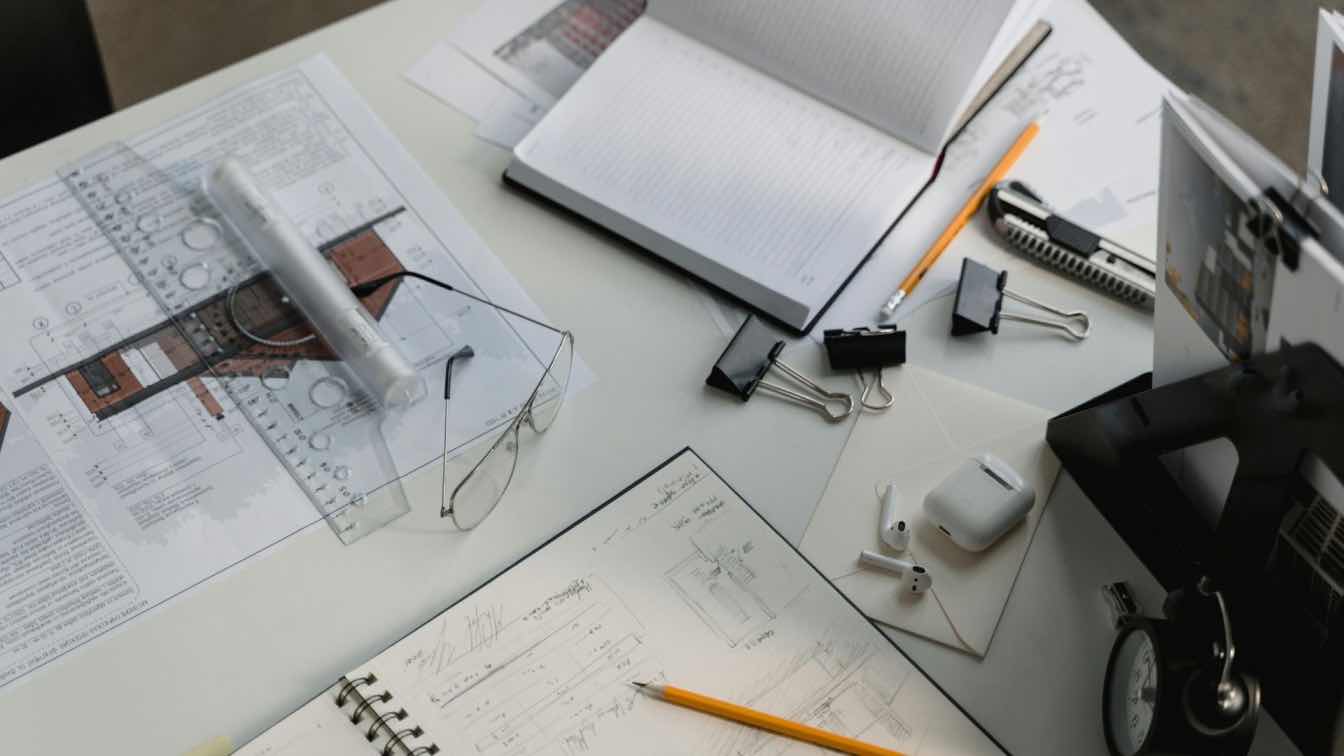Walk through any major city, and you’ll see metal at every turn—gleaming facades, seamless joints, and intricate design patterns that look effortless. But behind these sleek visuals lies precision, planning, and the art of metalwork.
Urban skylines are no longer shaped solely by concrete and glass. Metal has become more than just a structural base—it defines character, enhances performance, and allows architects to reach new creative heights.
As buildings stretch taller and streets grow denser, the role of precision metalwork is not only visible but vital. Let’s explore how it has moved from a hidden layer of construction to an expressive and essential part of our cities.
From Structure to Statement: The Evolution of Metal in Design
Metal has been part of architecture for centuries—cast iron columns, wrought iron railings, and steel beams all played a role in traditional building frameworks. However, in the past, metal often served a purely functional role. It provides strength and support, rarely touching the surface of visual design.
That has changed. Today’s architects use metal to make statements. Stainless steel cladding, aluminum fins, and copper accents bring texture and dimension to modern buildings. Famous landmarks like the Eiffel Tower and the Chrysler Building are historic examples, while newer projects like The Shard in London or the Walt Disney Concert Hall in Los Angeles showcase how metal defines form and movement.
This shift highlights a deeper integration of engineering and aesthetics. Metal is now both structure and skin, a material used to shape the identity of cities.
The Role of Fabrication in Modern Skylines
When it comes to building a skyline, precision is everything. A fraction of an inch off can mean major structural or design issues. That’s where digital fabrication enters the picture.
Modern metalwork relies heavily on computer-guided tools like CNC machines and plasma cutters. A plasma cutter, for example, uses high-temperature ionized gas to slice through metal with unmatched accuracy. It allows fabricators to execute detailed patterns, consistent joints, and flawless angles—key requirements in modern architecture.
Whether cutting large steel plates or delicate metal panels, the quality of the plasma cutter directly impacts the final outcome. Choosing a high-quality machine ensures smoother edges, minimal waste, and faster production time.
Combined with 3D modeling and digital blueprints, fabrication tools now allow builders to test, cut, and assemble components with surgical precision. This has made even the most complex architectural visions achievable.
Sustainability Through Metalwork
In today’s environmentally conscious world, architects are expected to design buildings that are not just impressive but also responsible. Precision metalwork helps meet these expectations.
For one, metals like steel and aluminum are highly recyclable. In fact, steel is one of the most recycled materials on the planet. Reusing metal components reduces the need for new raw materials and supports circular building practices.
Moreover, metals are strong yet lightweight. This reduces the overall load on a structure and can cut down on supporting materials like concrete, further lowering environmental impact.
Metal facades also offer benefits like reflectivity, which helps in managing building temperature.
Customization and Creativity in Urban Spaces
The magic of precision metalwork lies not only in function but also in creativity. Architects today are collaborating closely with fabricators to produce one-of-a-kind installations that bring personality to urban spaces.
Think of floating staircases, abstract bridges, or curved balconies that seem to defy gravity. These features rely on exact cuts, clean joins, and durable finishes—all delivered through advanced metalworking.
Even small features like signage, public benches, or lighting fixtures benefit from bespoke metal design. These elements might seem minor, but together, they contribute to the city’s visual language.
Customization also allows for cultural relevance. Local motifs, materials, or narratives can be embedded into the structure, helping cities retain their identity while embracing innovation.
Safety, Compliance, and Longevity
A skyline is more than a collection of buildings—it’s a living, breathing environment. And it has to be safe.
Metal, when fabricated precisely, meets rigorous building codes. It resists fire, withstands harsh weather, and holds its structural integrity for decades. Unlike wood or even concrete, metal doesn’t warp, rot, or crack under pressure.
Manufacturers often perform detailed quality checks and stress tests to ensure every beam, panel, or bolt meets specifications. This level of control reduces risk during construction and ensures the building will perform reliably over time.
In short, precision isn’t just about beauty—it’s about trust. People live, work, and travel in these buildings, and metalwork plays a quiet but critical role in keeping them safe.
Conclusion
Precision metalwork is no longer a behind-the-scenes player—it’s a defining element of urban beauty and resilience. From sculptural designs to smart facades, metals are helping cities express themselves while staying strong, sustainable, and safe. As skylines continue to grow, so does the impact of metalwork—shaping not just our buildings but the way we experience city life.





